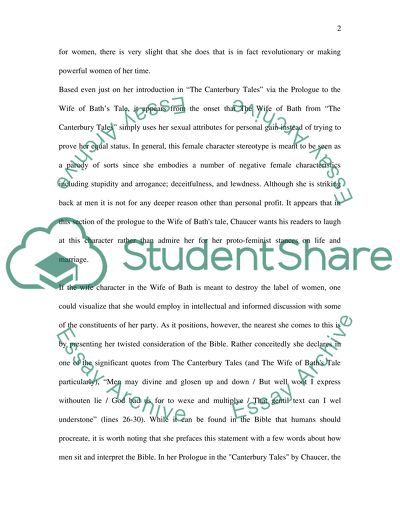Cite this document
(“Independence of Women in Marriage in the Medieval Era Essay”, n.d.)
Independence of Women in Marriage in the Medieval Era Essay. Retrieved from https://studentshare.org/miscellaneous/1517684-independence-of-women-in-marriage-in-the-medieval-era
Independence of Women in Marriage in the Medieval Era Essay. Retrieved from https://studentshare.org/miscellaneous/1517684-independence-of-women-in-marriage-in-the-medieval-era
(Independence of Women in Marriage in the Medieval Era Essay)
Independence of Women in Marriage in the Medieval Era Essay. https://studentshare.org/miscellaneous/1517684-independence-of-women-in-marriage-in-the-medieval-era.
Independence of Women in Marriage in the Medieval Era Essay. https://studentshare.org/miscellaneous/1517684-independence-of-women-in-marriage-in-the-medieval-era.
“Independence of Women in Marriage in the Medieval Era Essay”, n.d. https://studentshare.org/miscellaneous/1517684-independence-of-women-in-marriage-in-the-medieval-era.


